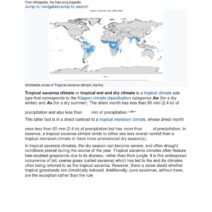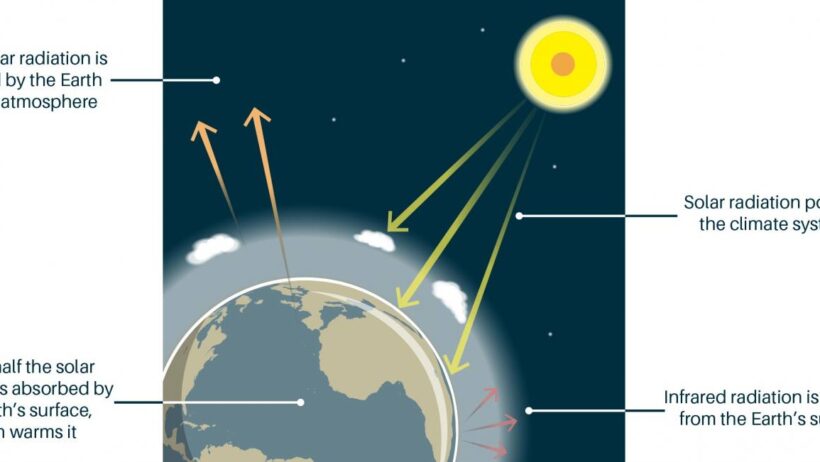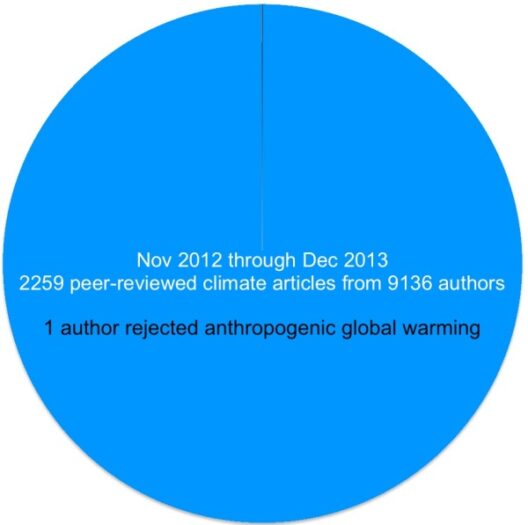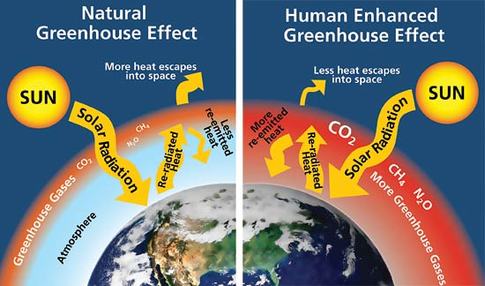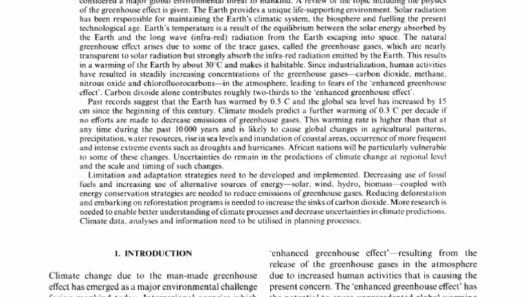In the grand tapestry of Earth’s biosphere, the greenhouse effect emerges as a pivotal thread, weaving warmth and stability into our climate. Imagine a cosmic blanket, gently cradling our planet, modulating temperatures that sustain diverse ecosystems and enable human evolution. However, while this phenomenon is akin to a nurturing hearth, it also requires assiduous stewardship to maintain balance amidst the rising specter of climate change.
Grasping the essence of the greenhouse effect is essential in understanding its role in our survival. Beyond just a scientific principle, it underscores the intricate dance of energy exchange between the Earth and the cosmos, an interplay vital for life. Through this exploration, we can unravel both the fragility and the resilience thriving within our environment.
To comprehend the greenhouse effect, we need to envision the Earth as a vessel, continuously absorbing sunlight while reflecting some of it back into the atmosphere. Greenhouse gases (GHGs) such as carbon dioxide, methane, and nitrous oxide act as the vessel’s protective cover, trapping heat and preventing it from escaping into the cold void of space. This naturally occurring mechanism ensures the planet remains at a habitable temperature, fostering the conditions necessary for life to flourish.
But just like tending to a delicate ecosystem, humankind’s intervention has altered the balance of this natural greenhouse. The burgeoning industrial activities, deforestation, and reliance on fossil fuels have exacerbated GHG concentrations, pushing the Earth’s temperature beyond its natural limits, reminiscent of a furnace that has been stoked excessively.
In light of these perturbations, it is imperative to discern how the greenhouse effect profoundly influences survival across ecosystems.
The Symphony of Climate Stability
At its core, the greenhouse effect stabilizes the climate by creating a moderate thermal envelope that allows for biodiversity to thrive. This symphony of temperatures results in varied climates—from the frigid polar regions to the balmy tropics—each a unique habitat for specialized flora and fauna. In essence, the greenhouse effect is the orchestra conductor, harmonizing the elements that support life on Earth.
The variation in climate zones cultivates a cornucopia of life forms. For instance, in the tropical regions, rich with precipitation and consistent warmth, lush rainforests burgeon with unparalleled biodiversity. Conversely, temperate zones foster seasonal shifts that prompt migration, hibernation, and other survival strategies. Without the greenhouse effect, these climatic nuances would be diminished, potentially leading to a homogenous world where life struggles to find its footing.
The Perturbation of Ecological Balance
As human activities unleash unprecedented levels of GHGs, the delicate balance maintained by the greenhouse effect teeters precariously. The implications of this imbalance reverberate through ecosystems, inducing erratic climate patterns, rising sea levels, and heightened frequency of extreme weather events. Just as an untuned instrument disrupts an orchestra, humanity’s contributions interrupt Earth’s climatic symphony.
This perturbation beckons an existential dilemma for many species, manifesting as habitat displacement, altered migratory patterns, and increased extinction risks. The polar bear, emblematic of climate change, struggles against receding ice while many avian species contend with disrupted breeding seasons. Such challenges reveal the fragility of life in the face of ecological upheaval and echo a clarion call for deeper understanding and commitment to sustainability.
Towards a Sustainable Coexistence
Acknowledging the dual nature of the greenhouse effect illustrates not just its role in enabling life on Earth but underscores the urgency of responsible environmental stewardship. By adapting sustainable practices, humanity can redefine its relationship with the environment—transforming from mere bystanders to stewards of the planet’s health. Renewable energy sources, reforestation initiatives, and improved waste management represent avenues through which we can stabilize our greenhouse gases and ameliorate the changes to our climate.
It is essential to embrace a paradigm shift, where the trajectory toward sustainability becomes not simply a theoretical discussion but a present-day necessity. By pooling resources for research, technology, and communal initiatives, individuals and populations can converge to reforge the bond with their surroundings. Recycling, reducing consumption, advocating for policies that prioritize the environment, and cultivating awareness sparks collective action—essentially, a renaissance of ecological consciousness.
The narrative of survival is ultimately interwoven with our comprehension of the greenhouse effect. With appropriate actions, society can reestablish equilibrium, ensuring that the nurturing warmth it provides remains intact, while simultaneously salvaging the integrity of the ecosystems and species that call Earth home.
As humanity advances, the role of the greenhouse effect expands—it becomes a mirror reflecting our values, responsibilities, and aspirations. In harnessing this awareness, society may navigate the complexities of our era, embracing a future where both nature and humanity coexist harmoniously amidst the embrace of a balanced greenhouse effect, ensuring the survival of countless generations to come.

